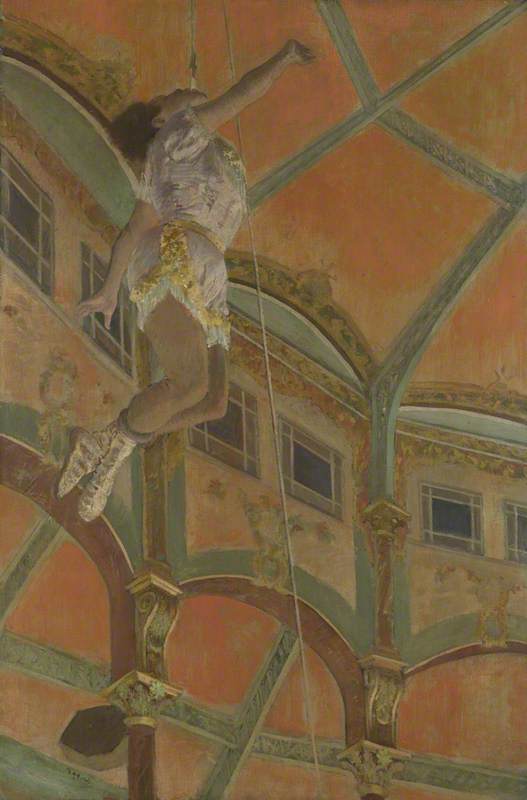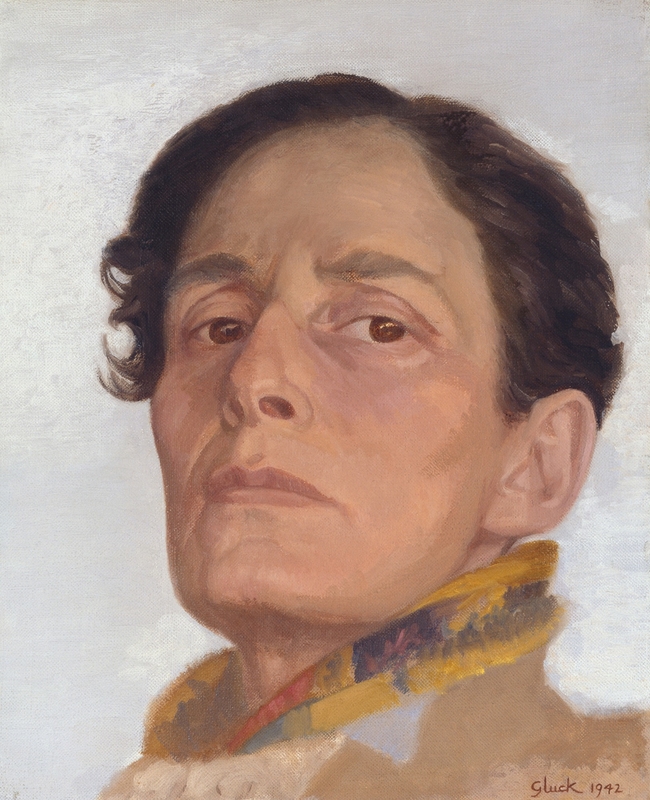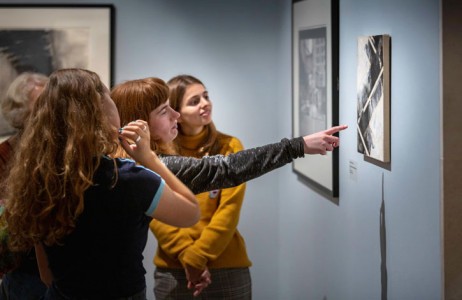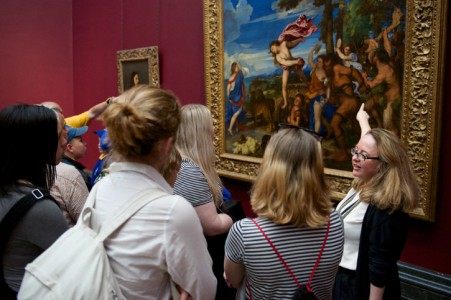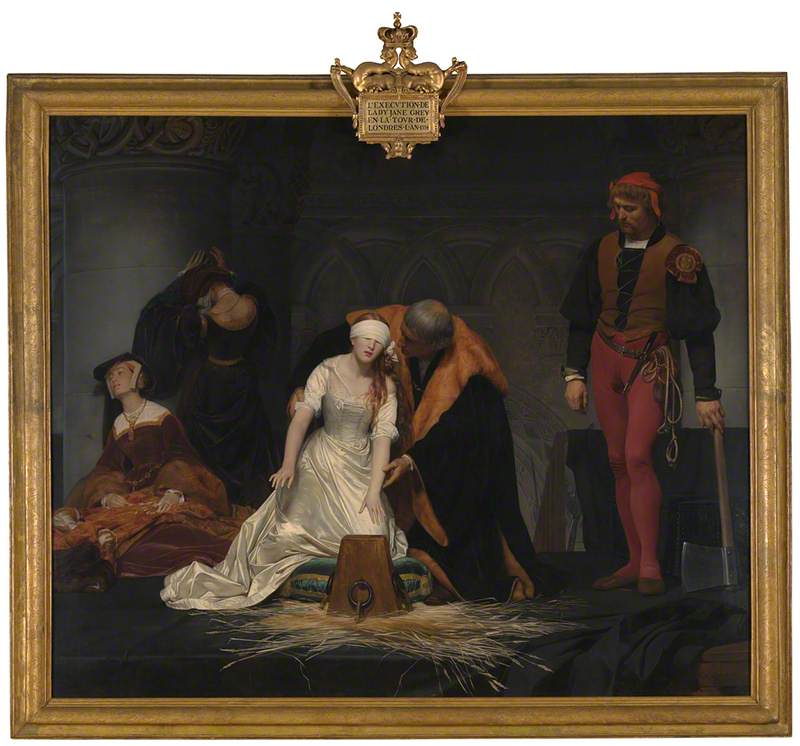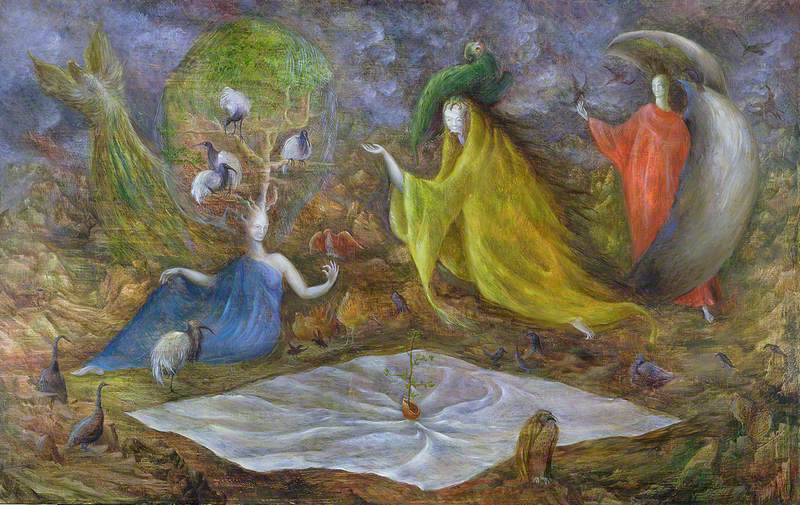A roaring crowd, a parade of exotic animals, performers clad in sequinned acidic red – it is easy, perhaps, to imagine why Degas was so attracted to the famous French Cirque Fernando. And yet here, in a striking and powerful exploration of perspective and identity, Degas has chosen to turn our attention away from the circus's heady chaos and entirely to a singular performer – Miss La La, a mixed-race acrobat famous for her impressive feats of strength.
Her gaze is obscured, almost effaced from a body water-like in its movement, and her left arm extends upwards as if reaching towards the top of the tent, towards light or freedom or something more heavenly. Miss La La – interestingly, the only identifiable person of colour in any of Degas' work – is painted here paradoxically as both confined by the rope from which she is hung and effortlessly free in her motion. Degas' playful use of perspective means we're observing her from below, and in this way Miss La La becomes saint-like to the viewer: someone in ascension, a figure to marvel at as we look up to her.
It is tempting to hypothesise why Degas was so drawn to Miss La La. Was it simply her physical strength – the subversion of societal expectations on a woman to be weak, to be placid? Was it a fascination with her 'othered' identity: an attraction to (and arguable objectification of) not just a woman, but a woman of colour, too? Or was it an expression of, as some have suggested, Degas' secret fears about his own racial heritage?
Here I am reminded of a quote from Caleb Azumah Nelson's book Open Water – 'perhaps... rather than asking what is your favourite work, let's ask, what continues to pull you back?'
It's not the possible reasons for Degas' work that pull me back to his painting of Miss La La, compelling though they are. It's also not the composition of the painting itself – admittedly, Degas' hybrid of a genre painting and portrait study is composed of hues of dull oranges and greens I'm not usually drawn to.
No – I think I come back to Miss La La at the Cirque Fernando and its subject because I, too, want to move with such fluidity, such vulnerability in expression, such power in an 'othered' identity. To quote Degas himself, 'art is not what you see, but what you make others see'; in Miss La La, then, I see someone I want to be – strong, assured and beautiful.
Lulu Frisson, first-place winner of Write on Art 2023, Years 10/11
